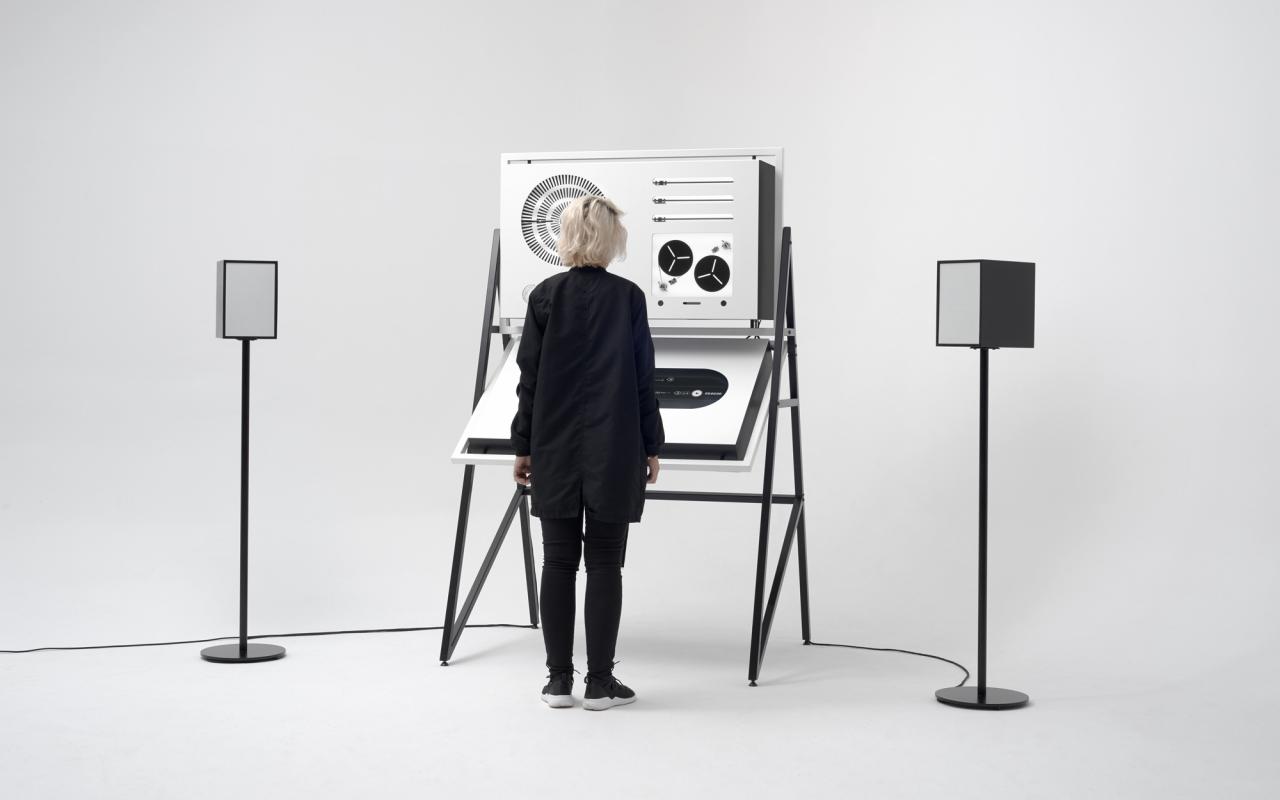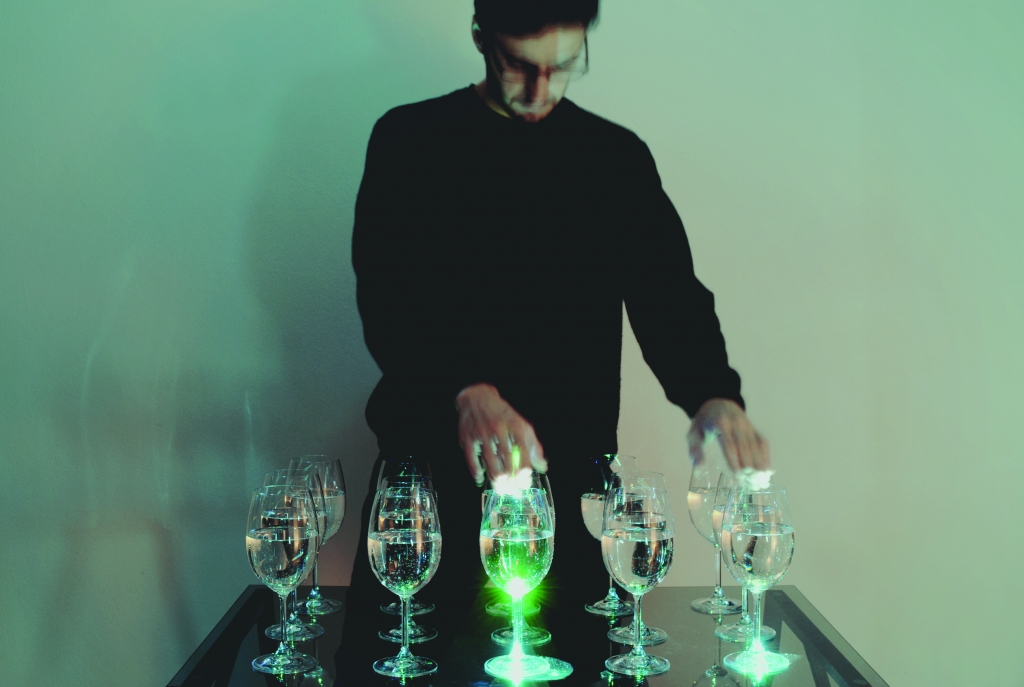
Camille Legrand & Bart Hess
Epistēmē
Titled with the Ancient Greek word for knowledge and understanding, the installation is born of the belief that we absorb knowledge through the senses, with the skin acting as an interface between the body and the world around us. ‘To illustrate the skin in states of transformation, I imagined it as a canvas for sensations felt and information absorbed. The digital manipulation in each film melds body and sensation, skin and material, reality and virtuality to express the effects of each product,’










